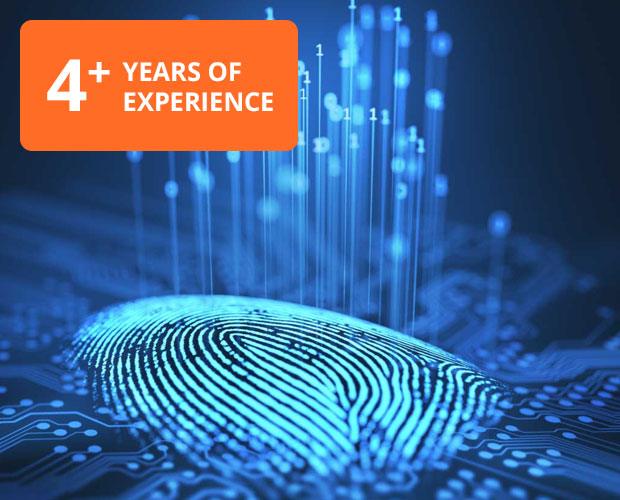Menu
We conduct DMIT which is a fingerprint scanning test. This tells about brain structure of a person.
Its helpful to understand your inborn talents, strengths and weakness, etc., by computer assisted behavioral and medical biometric assessment, profiling and diagnostic aids based on the study of Dermatoglyphics.
With the DMIT analysis, our analysts are able to discover the inborn intelligence of each child/adult and his/her best ways to learn. Moreover, professional advices and suggestions will also be given to help solve problems in both short and long term.
We have unique assessment program understanding the needs of student at every stage. We help students understand, evaluate and realize which career is best suited for them based on their aptitude, multiple intelligence, interests, strength, priorities, study habits, learning style, adjustment levels, ambition & thought process.

While choosing the right career for students, our proprietary career recommendation engine, also considers external influencers like opportunities, eligibility, personal situations, timespan available with you, skills, ability, financials, budgets, family structure, and demographics. Coupled with these valuable insights our experts are ready to guide your children for a future which is the best fit for them.
All humans are originated from the same source. But still, we all are different and all have different beliefs, priorities, goals, and aspirations. But, many feel difficult in what they are capable of and go through that direction to succeed in their career.
The inborn potential test is the study of fingerprints patterns and human brain lobes that helps to discover the inherent potential in a child. With this, you can identify a child’s behaviour, learning difficulties, growth and hurdles, brain abilities, ideal career, strengths, and many more.


If inputs will be given to any individuals, specially children, they will tend to learn, memorize and retain more. This will be beneficial in the golden formative years of the children. Our DMIT gives a lot of emphasis on these learning styles by educating parents about it and by telling them to apply and practice the same with their children.

This concept has lot of applicative potential. Its gaining momentum to implement it in classroom learning. Our idea is to create three sections in play-schools based on these three learning styles and then to impart education accordingly. This will help children learn fast and it will ease stress in them in a way of their preferred style of learning.

The theory is widely known as VAK theory. Visual learners learn more when they are exposed to visual inputs. They learn by watching. Auditory learners respond to verbal communication. They learn and absorb by listening to instructions. Kinesthetic learners are action oriented and do activities to understand subjects.
As you know, the Indian education system, focuses more on cramming information in the minds of our children, rather than giving them true knowledge, which they can use to shape a successful career. Our system also overlooks the specific learning needs of each child, who is unique, resulting in immense stress.
Shockingly, above 12,000 students commit suicides in India due to exam related stress. This number is alarming and makes us wonder where our system is going wrong!!!!!!!
You, as parents need to take an active role in understanding the special intrinsic potential of your child, and design suitable learning methods around your child needs. DMI Assessment technique has been developed by scientists and research experts from World renowned universities and is based on knowledge from Genetics, Embryology, Dermatoglyphics, Psychology and Neuroscience.







7-1-38/1, Radhas Elegant, Kirlampudi Layout, Chinnawaltair, Visakhapatnam - 530017
Call Us: 984 979 5841
Email: mspark.vizag@gmail.com